Piston Slap: LED, Not For Me?

TTAC Commentator John R writes:
What’s your opinion of aftermarket LED bulbs for signal/brake/reverse replacement?
Sajeev answers:
I like the look of aftermarket LED indicators in housings never intended for them, if the one vehicle—believe it or not, a very cool 2000 Ford Taurus–I’ve seen is any “indication.” (sorry)
The lighting certainly looked neat compared to the stock Taurus next to it, mostly because LED bulbs were just a little different. The bulbs lit up quicker, had a slightly “warmer” tone and the HID-like whiteness of LED license plate lights were rather cool. But I am just a schmuck with a keyboard and publishing rights to TTAC’s back end system.
But unlike me, Daniel Stern is a highly regarded automotive lighting genius with a somewhat famous webpage and another site for lighting analysis, Driving Vision News. My apologizes if this sounds like a pimp-atorial to some of the B&B, but contacting a lighting consultant and giving them props for their hard work is the smartest move on the table.
Daniel Stern writes:
Short answer? ABSOLUTELY NOT!!!
Long answer: LED signalling lamps (brake, tail, turn…) are appearing on cars, and are widely used on trucks, but it really is not a “retrofit” item in the sense of dropping in an “LED bulb”. The brake, tail, parking, and signal lamps of your car rely on a point source of light (glowing filament) that radiates more or less equally in all directions — a sphere of light – collecting and distributing that light with optics in the lens and/or reflector.
An LED is a vastly different *kind* of light source.
Unlike a glowing filament, it does not produce light in an even sphere. Instead, it projects a very narrow beam of light in ONE direction. That’s why these so-called “LED retrofits” consisting of a 1″ diameter matrix of LEDs on a bayonet or wedge base are unsafe; there’s no way you can get enough light through a wide enough angle (horizontally and vertically) to create a safe and legally-compliant lamp. This applies even to the fancier “LED bulbs” that have side-facing as well as rear-facing emitters. The problem is not with any marketer’s particular implementation, the problem is with the concept, which does not (cannot) work.
There are other considerations, too — for any automotive lighting function, not only is it crucial that the intensity be within the proper limit through the entire relevant range of vertical and horizontal angles so as to provide a recognizable and penetrating signal to observers at any angle to your vehicle, not only must the intensity ratio between bright and dim modes be correct (for combination brake/tail or park/turn lamps), but the effective projected luminous lens area must not be reduced. EPLLA refers to the amount of lens area significantly lit up when the lighting device is active. With “LED bulbs” installed in lamps meant for filament t bulbs, you tend to get a little dot of light with the rest of the lens almost completely unlit. So not only is the visibly lit area dimmer, it’s also smaller. Safety? Not so much!
Look closely at the optics of one of the newer vehicles that has LED brake/tail lamps. You’ll see optics totally different in configuration compared to those found in bulb-type devices. These special optics are necessary to coordinate the light from a large number of LEDs (relative to the overall size of the device) to get everything right in terms of brightness in both dim and bright mode, uniformity of brightness throughout the visibility angles required by law, ratio of intensity between “bright” and “dim” mode, EPLLA, etc. These kinds of optics are not something you can kludge in your garage, let alone achieve with these unsafe “LED bulb retrofits”.
Lighting devices meant to take bulbs need to use bulbs. I’ve seen standard truck/bus LED stop/tail or turn lamps placed behind (not cut into) the lens of vehicle lights intended for use with bulbs. It can actually work fine if the LED unit is mounted close to the lens surface, and sometimes even if there’s some space between the lens and the LED unit.
The critical thing is getting the angle right; if the LED unit is tipped or tilted in any dimension, the light distribution won’t be proper. If you do this, use good quality lamp units from Grote, Signal-Stat/Truck-Lite, or Peterson — not off-brand junk. There’s an enormous variety of units to choose from. The Truck-Lite Signal-Stat “value line” units are actually quite good and they’re not very costly. Photo-illustrated discussion at:
http://www.slantsix.org/forum/viewtopic.php?p=113593#113593 and
This guy (mention my name as a referral if interested) does custom LED conversions that work safely and effectively, but as you can see they are not cheap. He’s not profiteering…the prices actually are in line with the materials and parts cost and time and work involved to do the job right.
Do-it-yourself is not impossible, it’s just a great deal more difficult than most people realize.
See: http://www.forabodiesonly.com/mopar/showthread.php?t=169147
Send your queries to sajeev@thetruthaboutcars.com . Spare no details and ask for a speedy resolution if you’re in a hurry.

More by Sajeev Mehta
Latest Car Reviews
Read moreLatest Product Reviews
Read moreRecent Comments
- Golden2husky The biggest hurdle for us would be the lack of a good charging network for road tripping as we are at the point in our lives that we will be traveling quite a bit. I'd rather pay more for longer range so the cheaper models would probably not make the cut. Improve the charging infrastructure and I'm certainly going to give one a try. This is more important that a lowish entry price IMHO.
- Add Lightness I have nothing against paying more to get quality (think Toyota vs Chryco) but hate all the silly, non-mandated 'stuff' that automakers load onto cars based on what non-gearhead focus groups tell them they need to have in a car. I blame focus groups for automatic everything and double drivetrains (AWD) that really never gets used 98% of the time. The other 2% of the time, one goes looking for a place to need it to rationanalize the purchase.
- Ger65691276 I would never buy an electric car never in my lifetime I will gas is my way of going electric is not green email
- GregLocock Not as my primary vehicle no, although like all the rich people who are currently subsidised by poor people, I'd buy one as a runabout for town.
- Jalop1991 is this anything like a cheap high end German car?



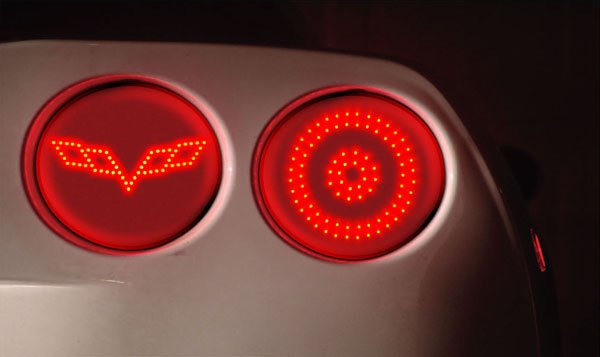
















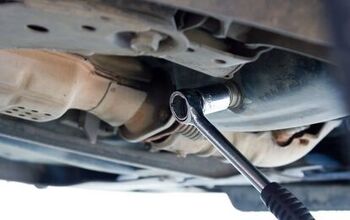


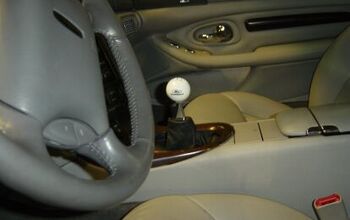






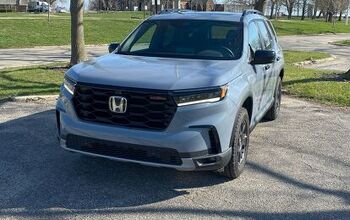

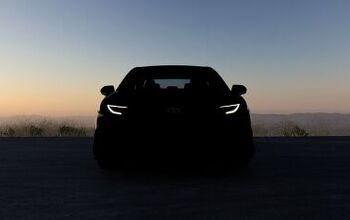

Comments
Join the conversation
Have to admit the idea that pre-LED brake light assemblies had ANY significant amount of thought put into their optical design is enormously entertaining as fiction goes. There's an enormous variability in incandescent lamp construction and no real detailed effort at consistency of emission patterns from the different filament configurations and orientations. Incandescent lamps DON'T emit as point sources but as extended sources. Computational power for careful reflector design didn't exist until about 20 years ago and that was lavished on headlamp design, seldom or never on turn signal and brake light design. This discussion reminds me of nothing so much as the rejection of digital sound recordings by vinyl-and-tube-amp enthusiasts, or of the bias tire old guard who insisted that putting modern radial tires on an older car would wreak havoc on the car's handling because the old cars had been "optimized" for bias ply tires. Like or dislike LED retrofits as a fashion statement as you like. But for most reasonable retrofits there's no reason to believe that the functionality is any worse than that of a replacement incandescent bulb, and a few qualities that are clearly superior (activation time, life expectancy, current draw).
I always felt that the factory LED tail lights used on the '05-'07 Accord were somehow not within regulations as they always seemed WAY too bright. Honda fixed the problem by decontenting LEDs out of the next gen Accord. :/